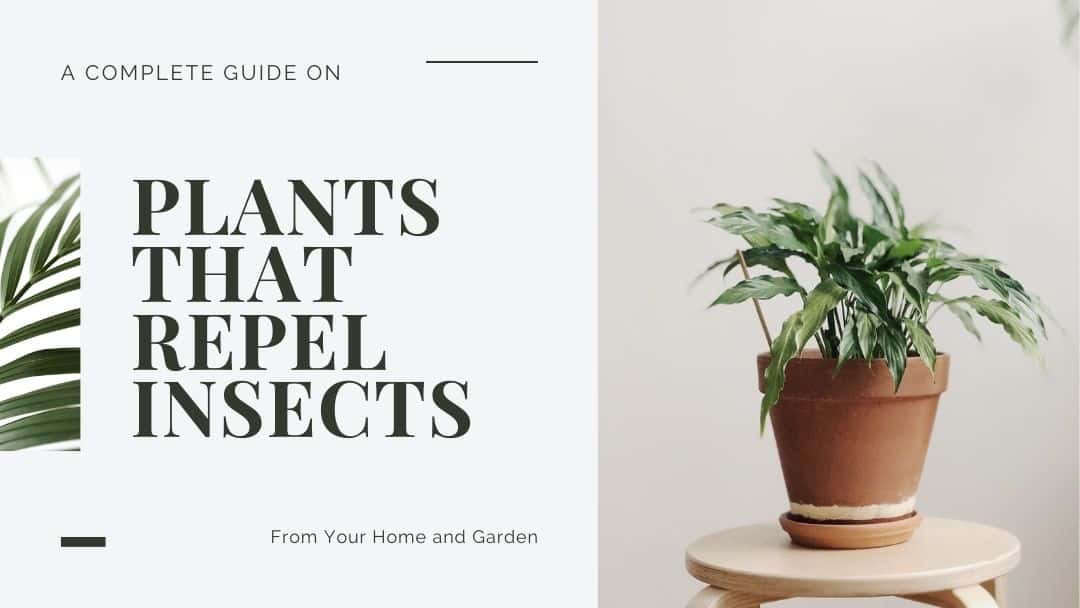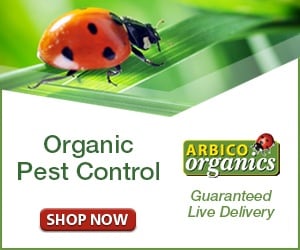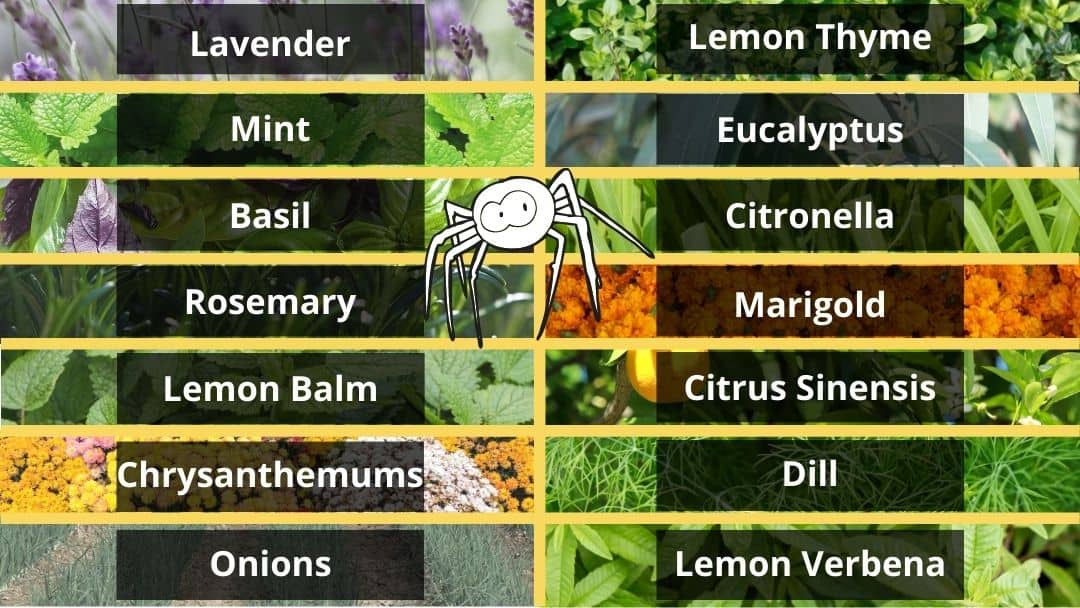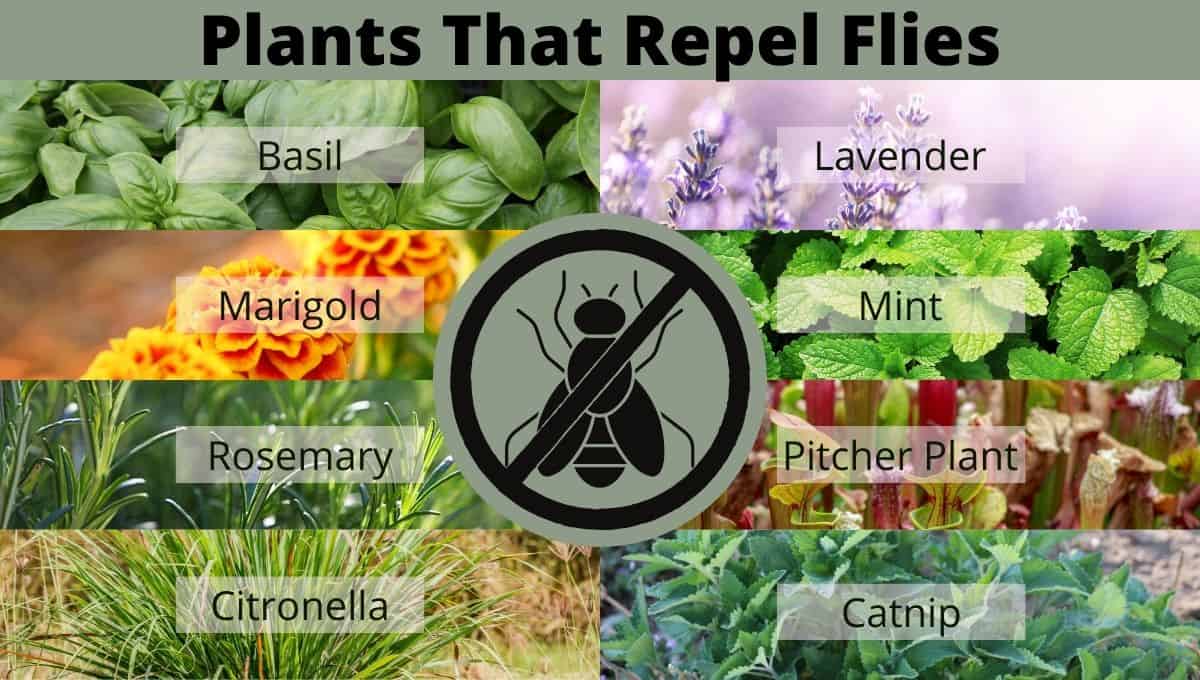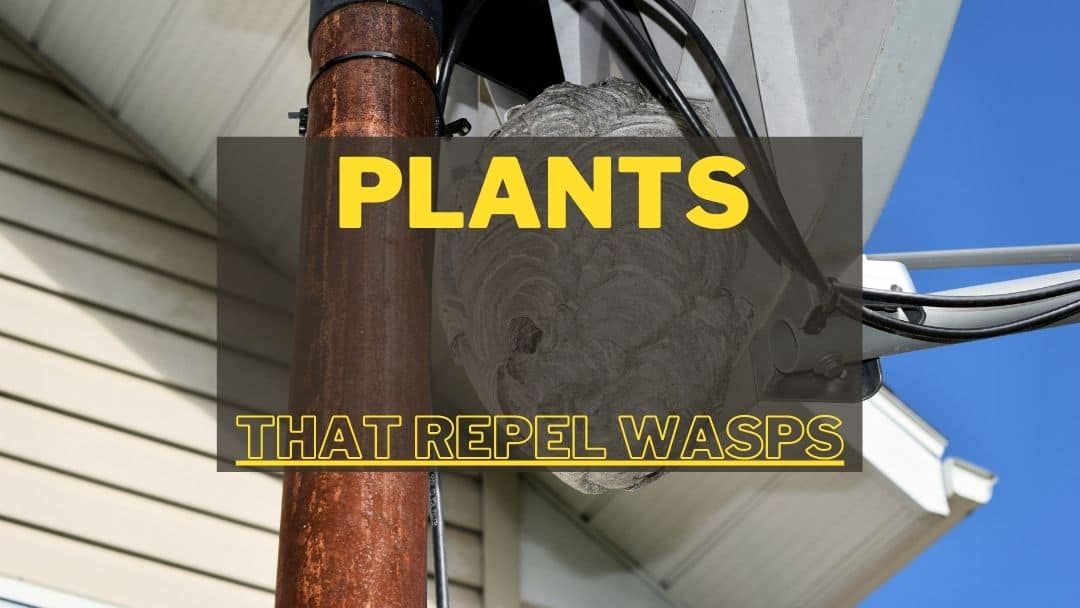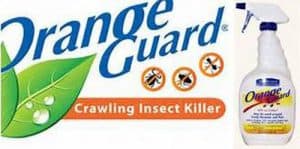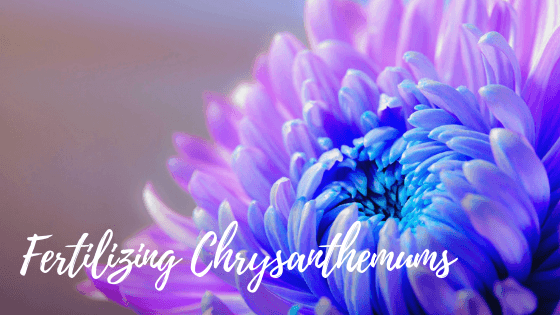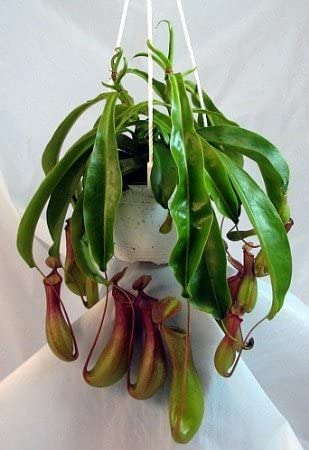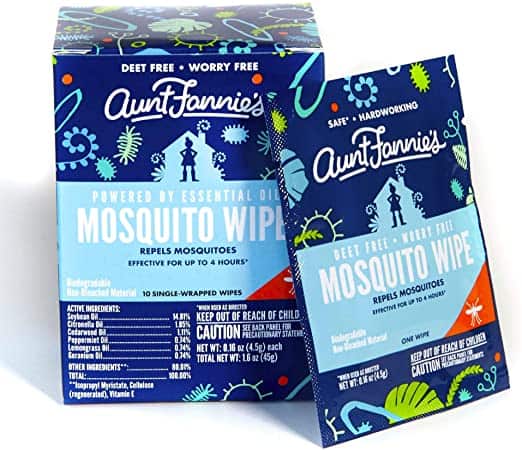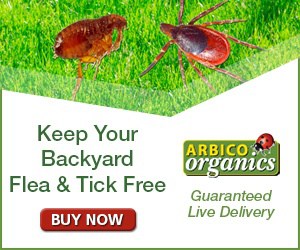Nobody wants their home, garden, or lawn to be populated by pesky pests such as ants, aphids, beetles, fleas, mosquitoes, nematodes, squash bugs, and ticks. When the solution is as simple as planting a small assortment of pleasant, attractive plants about your property, you’ll find yourself enjoying new adornments that bring about a lack of pests. From repelling herbs and carnivorous plants to flowers such as marigolds, you’ll find an array of natural solutions to the problem of intrusive insects around your home. Leave your pest control to the leaves and blossoms that best suit you.
Here’s the main topics we’ll cover:
- The science behind it.
- Specific Pests and the Plants That Repel Them. (Includes links to complete articles on each one)
- A complete list of plants commonly used to repel insects.
Insect Repelling Plants – How They Work
The Science Behind Plants That Repel Bugs
While the idea of plants driving away problematic bugs may seem far-fetched, there is a simple explanation of how this preventative measure works. The leaves and blooms of herbs, grasses, and blossoming plants mentioned below produce a type of oil that certain insects find unpleasant. They developed these oils as a means of protection. New studies are promising in this direction.
Many commercially available products in the pest control industry already take advantage of a known chemical compound in a particular plant’s essential oils, so why not take advantage of this well-known strategy yourself by planting something you’ll enjoy anyway?
Striking a Balance
The problem with using an oil to drive away bugs is that plants generally require insects to help them reproduce. To this end, the plants drive away only certain bugs that could prove detrimental to their health and well-being. Because certain plants have developed to deter certain bugs, there is no one plant to serve as a universal problem solver. You will need a new variety of plants to meet your goals of reduced pest presence. For those of you who have a particular pest in mind that you want to keep away, we’ve got you covered! This article you’re reading is just one of many in a series. You can click the images below if there’s more specific information you are looking for. Let’s get started with info on spiders.
Info for Specific Pests Listed Below:
Spiders
While they’re not technically insects, many of us hate the sight of a spider anywhere near our homes. Lavender is going to be one of your best bets when dealing with spiders you don’t want around, followed by mint, basil and rosemary. Check out the full article on 14 plants that repel spiders here:
Ants
Next up on our list is an article completely dedicated to discussing different plants that repel ants. These can also become garden pests and they have a weird habit of ‘farming’ aphids. Whether you need help keeping them out of the kitchen or the watermelon patch, your best bets here will be mint and thyme. Read more on ants by clicking on the image below:
Flies
House flies can be a particularly annoying problem. They spread all sorts of disease around and the buzzing can be so maddening. When you’re dealing with house flies, you might even want to consider something fun and exotic like the pitcher plant. Learn more about it and the rest of the 9 best plants to repel house flies below:
Wasps and Bees
As beneficial as they’re both to the environment, wasps and bees can get out of control. We’re going to look at a few plants that are known to keep wasps away. Interestingly enough, the top plant for keeping them away is wormwood. Read about the rest by clicking the image below:
Didn’t see the pest you’re looking to keep away? Let us know in the comments and we’ll add it. You can also look through the list of plants below that are commonly known to repel insects. We made the list as complete as possible:
Types of Plants
There are a few categories of plants under which the specific specimens fall. Herbs are a frequent favorite, with a variety of different herbs offering one of the best solutions to particular bug problems. Perhaps more surprising is that there are several ornamental flowers that serve this purpose also. Not only are they a great delight to the human senses, but they are also an annoyance to the senses and smells of particular bugs. Finally, and much more rare in the average garden, are the carnivorous plants. These, which are a little more new on the scene of popular plants, don’t deter bugs but outright devour them through their leaves.
Basil
Basil, whose Latin name is Ocimum basilicum, repels mosquitoes and house flies. You can plant this herb in containers carefully positioned by the doors to your home as well as around those outdoor areas put to the purpose of relaxation or entertaining friends and family. You can even use fresh basil to cook up a spray for repelling insects. It’s great at keeping slugs out of an area of your garden too.
Lemon Thyme
Thymus citriodorus is the Latin name for Lemon Thyme, which is an evergreen that bears the smell of lemons. It forms mats as it grows and is a perennial plant that repels mosquitoes. It is a hardy herb, capable of adapting to soil that is dry, rocky, or shallow. You can plant it in a herb garden, a front border, or a rock garden, provided that these areas receive plenty of sun. This plant takes a bit more effort than simply growing it for the repellant qualities to work. You must bruise the leaves by cutting off several stems and rubbing them in between your palms to keep away bugs.
Lemongrass
Lemongrass, whose scientific name is Cymbopogon, repels mosquitoes. Consider the citronella candles you have doubtless encountered in stores during summer sales. The oil citronella is found naturally in lemongrass, which is also used as an ornamental plant that can gain four feet in height and three feet in width within one growing season. As it is hardy only in Zone 10, such as in South Florida, other locales will need to grow lemongrass and citronella grass
as an annual. It can also be grown in a pot if you keep it in an area of bright sunlight.
Lavender
Lavandula is the scientific name for lavender, which has been utilized across centuries to add its sweet, pleasant fragrance about homes and in clothing storage. Humans, both years ago and today, have tended to delight in the scent of lavender, but bugs such as fleas, flies, moths, and mosquitoes despise it. Tied bouquets of lavender can aid in keeping flies from intruding indoors. You can plant this deterrent to flies, mosquitoes and other insects in sunny areas about the backyard, garden or near your home’s entrances.
Rosemary
Rosemary, or Salvia Rosmarinus, acts as a repellant to such bugs as mosquitoes. This versatile herb tends to be grown in a variety of forms. Grow it in containers on your patio, shaping it into an ornamental pyramid; grow it in your herb garden; or position it in beds in your landscaping, where it can be found growing quite large. The plant, as well as its cuttings, are effective. You can easily concoct a basic repellent spray by bringing a quart of water to a boil and adding one quart of dried rosemary. Boil this for up to half an hour, then strain the liquid into a half-gallon container containing a quart of water at a cool temperature. Cap this combination and keep it in your refrigerator. Use in small squirt bottles and discard once the rosemary scent has diminished, when its best strength has waned.
PRO TIP: A few rosemary and thyme leaves added to your closet will help keep moths at bay.
Mint
Mint, whose perhaps unsurprising Latin name is Mentha, is a potent smelling herb that spreads aggressively as it repels mosquitoes. For this reason, it is best contained in pots. This aromatic herb is known for a variety of uses beyond driving away determined drinkers of blood. Try to keep containers of mint around your patio, yard or garden to protect nearby plants from bugs.
Catnip
Nepeta cataria is the scientific name for catnip, an herb not much used in food for humans but best beloved of cats. It belongs to the mint family and contains the feline-drawing chemical nepetalactone; this substance is as much a repellent to flies, deer ticks, mosquitoes, and cockroaches as it is a draw to cats. Catnip is simple to grow, either from seeds or plants. As with mint, catnip can grow quite invasive, taking over gardens if left to its own devices, and so is best kept contained.
Sage
Another perennial like rosemary, sage, or Salvia officinalis, drives away a great variety of insects. This herb can be trusted in landscaped beds or kept in planters around your patio or outdoor areas of relaxation. When camping or enjoying a fire in the backyard, try throwing a bit of sage into the flames. The resulting scented smoke will drive away pests.
Alliums
Moving away from herbs and into flowering plants, Alliums, particularly Allium giganteum, are widely regarded as a natural insecticide that repels a broad spectrum of bugs in the yard or garden. These include:
- aphids
- cabbage worms
- slugs
- carrot flies
The plants that can benefit from close proximity to alliums include:
- potatoes
- cabbage
- tomatoes
- peppers
- broccoli
- kohlrabi
- carrots
The Allium family ranges from the flowering stalks of six feet in height to small herbs such as garlic chives, chives, shallots, and leeks.
Chrysanthemums
Scientifically known as Chrysanthemum morifolium, Chrysanthemums contain an ingredient called pyrethrum. Pyrethrins kill bugs that both fly and jump, best known for their presence in America’s garden and home insecticides, often used in aerosol bombs, indoor sprays, and pet shampoos. The great list of pests prevented by this lovely flowering plant includes:
- ants
- Japanese beetles
- bedbugs
- roaches
- ticks
- lice
- silverfish
- spider mites
- root-knot nematodes
- harlequin bugs
Nasturtiums
Tropaeolum, more commonly called Nasturtiums, are a favorite in the category of companion plants. These plants are grown near to others to share their advantages, such as the repelling of insects. Nasturtiums are popular because they release a chemical into the air which protects the plants in its vicinity as well as themselves. Many of the insects that these lovely plants prevent favor vegetables. They are favored around such garden crops as:
- tomatoes
- kale
- cucumbers
- collards
- broccoli
- radishes
- cabbage
- kohlrabi
Marigolds
Marigolds are scientifically known as Tagetes and not only keep away such insects as aphids and mosquitoes from attacking your plants, but even repel rabbits from your garden. The roots of these popular flowers have been known to farmers over the span of many years as effective at repelling nematodes. Even the problematic whiteflies which plague tomato plants can be driven away by marigolds because of their natural releasing of limonene. Most areas of the United States can grow marigolds as annuals. Years ago we had some in our area, but a super-bad frost got to them. Know your USDA growing zones…
They look pleasant when placed among flower bed borders and are useful when interspersed in your vegetable garden. They can even spur the growth of roses. They grow best in sunny spots but watch out for signs of gray mold, leaf spotting, damping off, root rot, and powdery mildew.
Floss Flowers
Ageratum houstonianum, colloquially known as floss flowers, repel mosquitoes. They contain the substance coumarin; this chemical is popular in sprays to repel bugs. Sweetgrass also contains this chemical. These lovely little plants are adorned with blooms of blue, white, and pink in fall and summer. They are attractive when you add new plants to flower beds, borders, and rock gardens. Consider adding fertilizer to their soil as they are particular to soil that is quite fertile.
Geraniums
Pelargonium in general, and Pelargonium citrosum in specific, are geraniums that excel at mosquito repellent. The citrosum variety is also called the Mosquito Repellent Plant, in fact. When their blossoms are out, their pretty flowers give off a fragrance like that of lemons which keeps bugs away. Leafhoppers and other insects are also driven off by this potent scent. In dry, sunny climates, these plants are known to grow fast.
Petunias
Many people consider the petunia, or Petunia × atkinsiana, to be nature’s pesticides. Their bright colors make them a popular choice, particularly with their low maintenance and care requirements. They repel:
- asparagus beetles
- aphids
- tomato hornworms
- leafhoppers
- squash bugs
Petunias look lovely in hanging baskets, containers, and garden beds; they are also useful near herbs and vegetables such as basil, tomatoes, peppers.
Pitcher Plants
The Nepenthes, or pitcher plant, constitutes the largest category of carnivorous plants. Years ago in school, you probably remember being fascinated by a similar plant called the venus fly trap. Exotic in appearance and deadly in nature to flies and other insects, they both lure insects into the specialized leaves that serve traps. The pitcher plant actually attracts flies with a strong fragrance of nectar and bright colors. An insect, having been drawn into the pitcher, finds itself perched on a surface that is slippery and contains hairs that face downward. The insect falls into the pool of water in the pitcher’s bottom and dies, either due to exhaustion or drowning. The pitcher plant then slowly digests the insect. In North America, the following pests are prone to being the supper of a pitcher plant:
- ants
- beetles
- slugs
- snails
- bees
- wasps
- flies
You can keep these in pots in saucers of water with a moist growing medium most easily. As they grow wild in bogs, they need moist and sunny areas, so planting them outside can be problematic for many new gardeners.
You most likely do not wish mosquitoes, flies, ants, stinging wasps and other pests plaguing your home, lawn, and garden. Select one or more of the plants that both appeals to you and drives away your problem bugs the best, and plant them in whichever area you please. Sit back and enjoy the fruits of your labors after you plant in the form of pleasing blooms, elegant stems and stalks, pleasant leaves, and scents that serve a dual purpose. These solutions to drive away flies, mosquitoes, and more have been beloved by homeowners and gardeners for many years and promise to be popular for years to come.

